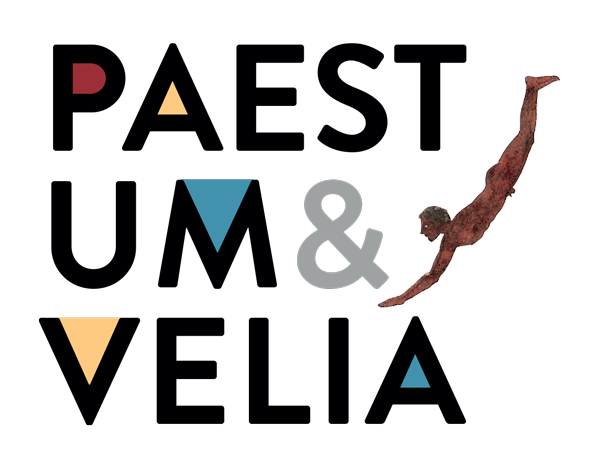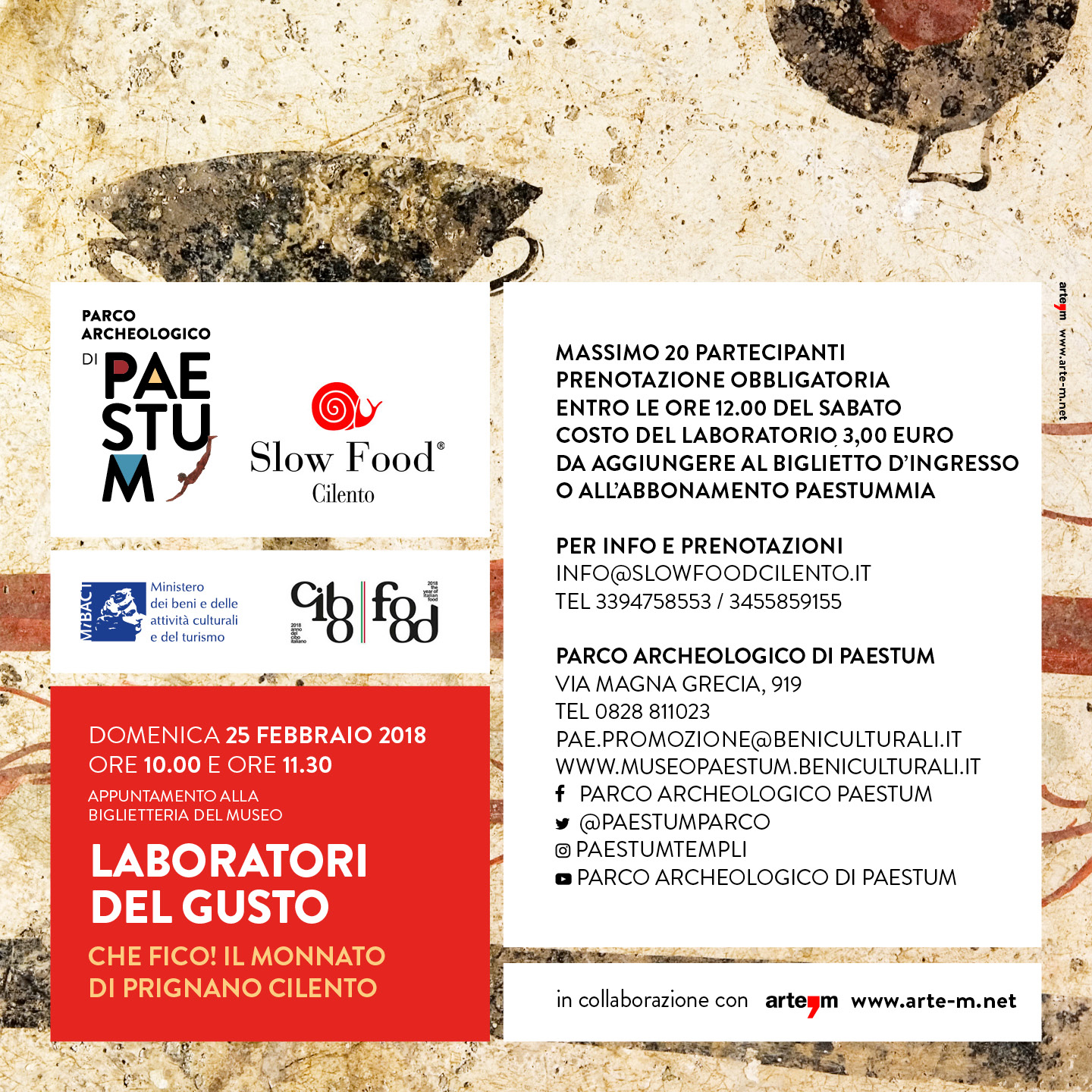DISCOVERING PAESTUM IN THE DIGITAL ERA


ear Readers,[br]
Sometimes I am asked and I think the same happens also to other archaeologists, what has been the most exciting archaeological find which I attended throughout my professional career. Perhaps a silver or even gold coin? A painted vase ? A gem? …It is none of those things, but maybe yes. Among the most exciting findings there was a bronze coin. The exciting thing was not the coin itself, but the fact that it was inside a jar buried under the collapse of the roof of a pottery workshop in Selinunte which dates back to just before 409 BC. – when the Carthaginians burnt Selinunte to the ground. On that tragic day the jar ended up under the collapse, and it remained there: I felt I could touch history with my hands.[br]
At the Museum of Paestum in February we display, as “piece of the month”, some coins from the warehouse. You could say that we wanted to take the easy way out, because you know, coins and other “treasures” fascinate the people, but no. Displaying this kind of objects is quite difficult, if you want to display them properly. Because what is no longer needed is to give archaeology the wrong idea according to which only “treasures” are displayed in the museum.[br]
Since Renaissance until today, the “treasure hunt” has caused irreversible damage to archaeology.[br]
Illegal digging, aimed exclusively at theft of precious items, resulted in the loss of the contexts of many stolen items. But according to us archaeologists, precisely the contexts represent the true “value” – a historical and intangible value that allows us to reconstruct commercial exchanges, chronologies, production systems, rituals and mental systems, in short: the ancient world.[br]
The coins are a striking example: imagine what it means to be able to reconstruct how the use of money spreads in the Greek world between the sixth and fifth centuries: what kind of economic, technological, social and political transformations this process has involved. But to do this, we need to know the contexts in which the ancient coins were used, their distribution, their ritual and symbolic value – all information that is lost due to illegal digging.[br]
Anyone who wants to can help us to preserve them – firstly, by giving up on any form of private collecting that feeds, even indirectly, the market of antiquities and illegal digging. And obviously by reporting illegal digging and stealing activities to the Superintendence, to the Archaeological Park of Paestum or law enforcement. It’s everyone’s historical heritage, make sure nobody steals it![br][br]
![]() [br]
[br]
Director of Paestum Archaeological Park






